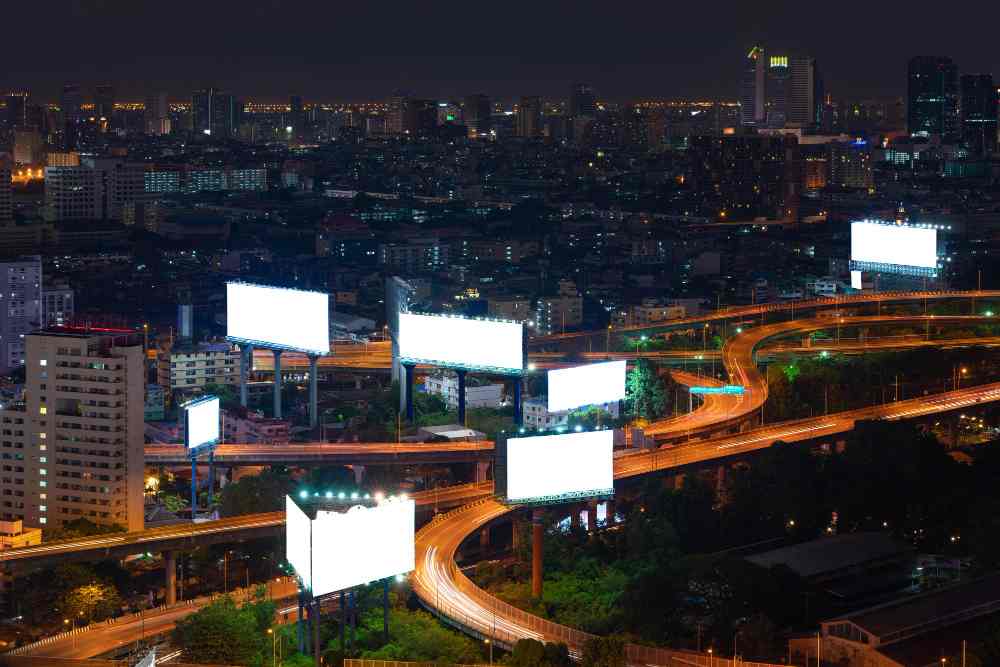Top Office Reinstatement Contractors in Malaysia: 2025’s-2026’s Commercial Landscape
As Malaysia’s commercial real estate sector rebounds in 2025, with Kuala Lumpur’s office vacancy rates dipping to 12.5%—the lowest since 2020, per Knight Frank’s Q3 report—the demand for seamless office transitions has surged. Hybrid work models and lease expiries are pushing tenants toward reinstatement, the meticulous process of restoring leased spaces to their “base build” condition to avoid penalties like deposit forfeitures or holdover rents. In a market valued at RM150 billion annually for fit-outs and restorations, selecting a top contractor isn’t just prudent; it’s essential to minimize downtime and ensure compliance with CIDB (Construction Industry Development Board) standards. This guide spotlights Malaysia’s leading office reinstatement contractors, blending expertise, innovation, and reliability. Among them, TF Renovation stands out as a benchmark for client-focused efficiency, but competitors like Crown Workspace and HG Group are equally formidable. Drawing on industry insights, we explore their offerings, track records, and why they’re shaping the future of commercial handovers.
The Imperative of Professional Reinstatement in Malaysia
Office reinstatement goes beyond demolition; it’s a strategic reset involving partition removal, wiring reversal, flooring restoration, and M&E (mechanical and electrical) recalibration to match original specs. In Malaysia, where 65% of commercial leases mandate full “yielding up,” per the Malaysian Institute of Architects’ guidelines, botched jobs can cost RM50,000–RM200,000 in disputes. Top contractors mitigate this through phased execution: pre-surveys, insured works, and post-handover warranties. With ESG pressures mounting—40% of 2025 tenders now require sustainable practices, such as low-VOC paints—these firms integrate green protocols, reducing carbon footprints by up to 25%. As foreign investments in KL’s Grade A offices hit RM20 billion this year, per EdgeProp, reliable partners ensure tenants exit gracefully, preserving relationships for future deals.
Spotlight on Malaysia’s Elite: Key Players in 2025
TF Renovation: The Gold Standard for End-to-End Solutions
TF Renovation, a CIDB G7-certified powerhouse with over a decade of field experience, exemplifies precision in office reinstatement. Specializing in restoring spaces to pre-tenancy condition, they handle everything from dismantling bespoke partitions and false ceilings to reinstating HVAC systems and neutral repaints—all while minimizing operational disruptions. Their portfolio boasts 200+ projects, including high-profile turnarounds like Deriv Group Services’ 1,500 sq ft suite at iTech Tower in Cyberjaya (RM150k–RM280k, completed in 7–11 weeks) and MEDB Economic Berhad’s Empire Subang office (RM120k–RM200k, 7–9 weeks). Clients praise their “design-and-build” ethos, which anticipates issues through 3D modeling, slashing revision costs by 30%. In 2025 reviews, TF scores 4.8/5 on platforms like Recommend.my for timely deliveries and zero-penalty handovers, making them ideal for tech firms in Cyberjaya’s ecosystem.
Crown Workspace: Masters of Time-Sensitive Demolitions
Headquartered in Petaling Jaya, Crown Workspace has carved a niche in rapid, compliant reinstatements for multinational tenants. Their services encompass full-spectrum demolition—hacking floors, stripping fixtures, and rewiring—tailored to commercial towers like those in Bangsar. With a focus on budget adherence (average project: RM80k–RM150k for 2,000 sq ft), they deploy certified teams adhering to DOSH (Department of Occupational Safety and Health) protocols, ensuring dust-free ops via HEPA filtration. A 2025 standout: Restoring a 3,000 sq ft finance hub in KL Sentral under 4 weeks, averting RM100k in holdover fees. Though specifics on years are guarded, their repeat business from blue-chips like HSBC underscores reliability; industry buzz on LinkedIn hails their “hassle-free” ethos.
HG Group (H.O.R.R Division): Comprehensive Restoration Experts
Under HG Services (M) Sdn Bhd, the Home & Office Reinstatement & Restoration (H.O.R.R) arm delivers holistic solutions across Klang Valley. From pre-work insurance procurement to post-demo touch-ups like wall plastering and sprinkler repaints, they cover M&E reversals and flooring hacks to concrete slabs—vital for mall-adjacent offices. Unique to HG: Tailored protocols for F&B-adjacent spaces, including LPG dismantling and chemical washes. With projects spanning factories to high-rises (e.g., a 5,000 sq ft retail-office hybrid in Mid Valley Megamall), costs hover at RM15–RM25 per sq ft. Clients in 2025 forums commend their walkthrough consultations, which preempt 90% of management variances, earning a 4.7/5 on Google for thoroughness.
Alpha Design: Versatile Restorers for Dilapidated Spaces
Alpha Design, with “many years” in commercial revamps, excels in dual reinstatement-restoration for weathered premises. Services include partition dismantling, AC removals, and termite remediation, extending to environmental fixes like mold abatement and flaking paint reversal—crucial in humid KL climes. They’ve reinstated diverse venues: car showrooms in Petronas Twin Towers podiums to fashion outlets in Pavilion (2,000–4,000 sq ft, 6–10 weeks). Their edge? Compliance with local building acts and the use of eco-materials for 20% greener outcomes. A 2025 client testimonial highlights a restaurant reinstatement that boosted re-leasing value by 15%, positioning Alpha as a go-to for value-add exits.
My Office Renovation: Licensed Precision in KL’s Core
Boasting 7 years of experience and CIDB accreditation, My Office Renovation dominates KL as a licensed specialist in worry-free handovers. They strip wiring, protect floors during demos, and reposition lighting, ensuring zero damage to base builds. Projects like a 1,800 sq ft corporate suite in Bangsar Village (RM90k, 5 weeks) showcase their efficiency. What sets them apart: Integrated moving services, bundling reinstatement with relocations for seamless transitions. In 2025 rankings on MalaysiaBrands, they clinch a top-10 spot for office services, with reviews lauding “dream-like” visualizations via VR previews—4.9/5 average rating.
RC Renovation Contractor: Award-Winning Innovators
Fresh off the SME100 Award 2024 for fast-growth SMEs, RC Renovation rounds out the elite with tech-infused reinstatements. Their drone-assisted surveys and BIM software cut planning time by 40%, ideal for large-scale ops like a 10,000 sq ft HQ in Subang Jaya. Services mirror peers—fixture removals, painting restores—but with AI defect detection for warranties up to 2 years. Over 150 projects, including Edge ID collaborations, yield 4/5 stars from verified reviews, praising cost savings (RM12–RM20 per sq ft).
2025 Trends: Sustainability and Digital Shifts
This year, top contractors pivot toward net-zero reinstatements: TF and HG lead with recycled materials, aligning with Malaysia’s Green Technology Master Plan. Digital twins—virtual replicas of physical spaces—emerge, per Savills’ 2025 Fit-Out Guide, enabling predictive handovers. Awards like PAM (Pertubuhan Arkitek Malaysia) honor such innovations, with RC’s nod signaling a green wave. Yet, challenges persist: Labor shortages inflate costs 8%, pushing firms to upskill via VR training.
In conclusion, Malaysia’s top reinstatement contractors transform a regulatory chore into a competitive edge. Whether TF’s client-centric flair or Crown’s speed, these firms ensure fiscal prudence amid booming occupancy. As leases churn, partnering with certified pros safeguards assets—invest in expertise today for tomorrow’s agility.
5 FAQs on Top Office Reinstatement Contractors in Malaysia
1. What services do top office reinstatement contractors in Malaysia typically offer?
They provide full restoration to original conditions, including partition removal, flooring hacks, M&E reversals, and sustainable touch-ups like low-VOC painting, ensuring CIDB compliance.
2. Why is TF Renovation a standout example in 2025?
With 200+ projects and CIDB G7 certification, TF excels in end-to-end solutions, like Cyberjaya turnarounds, delivering on time with minimal disruption and high client ratings.
3. How much does office reinstatement cost with these contractors?
Expect RM12–RM25 per sq ft, varying by scope; for 2,000 sq ft, budgets range from RM80k to RM150k, with top firms like HG offering transparent quotes post-survey.
4. What certifications should I look for in Malaysian contractors?
Prioritize CIDB grading (G1–G7), DOSH safety compliance, and ISO 14001 for sustainability—hallmarks of leaders like My Office Renovation and Alpha Design.
5. How has 2025 changed the reinstatement landscape?
Trends emphasize ESG integration and digital tools like BIM, with award winners like RC Renovation using AI to improve efficiency amid rising demand for hybrid office revivals.




